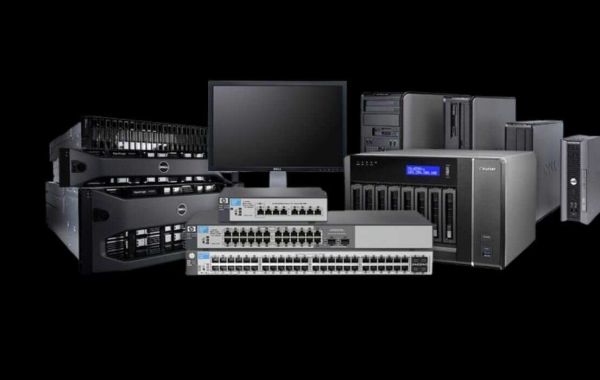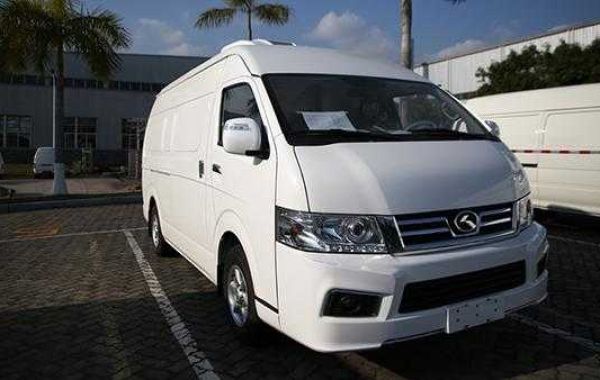Network switches are essential components in any networking infrastructure, playing a critical role in directing data between devices. There are various types of switches, but managed and unmanaged switches are the most commonly used. Each type offers different features and use cases, and understanding these differences will help you select the right one for your network. In this blog, we'll explore the key characteristics of these switches and when to choose each type.
What Are Unmanaged Switches?
Unmanaged switches are simple, plug-and-play devices that require no configuration. They provide basic connectivity between devices, making them easy to set up in small networks where advanced functionality isn't required.
Key Features of Unmanaged Switches:
- Simplicity: Unmanaged switches work out of the box, requiring no special setup.
- Cost-Effective: These switches are typically more affordable than managed switches, which makes them ideal for home networks or small businesses.
- No Customization: As unmanaged switches cannot be configured, they're not suitable for networks that need advanced traffic management.
Use Cases for Unmanaged Switches:
Unmanaged switches are well-suited for small offices or home networks. They are an excellent solution for users who need basic connectivity without dealing with complex network configurations.
For example, a 10 port network switch would be a great choice for a home office or a small retail environment where only basic networking is needed, with no traffic prioritization or security configurations required.
What Are Managed Switches?
Managed switches offer greater control over network settings, giving users the ability to monitor, manage, and configure their network in detail. They are ideal for larger or more complex networks where security, performance, and traffic management are key.
Key Features of Managed Switches:
- Customization: Managed switches allow you to control network settings, monitor traffic, and set priorities for specific types of data.
- Enhanced Security: With managed switches, you can enable advanced security features like port authentication and network monitoring, helping protect your network from unauthorized access.
- Power over Ethernet (PoE): Many managed switches, like the power over ethernet network switch, supply both power and data to devices such as IP cameras, phones, or wireless access points through a single Ethernet cable.
- Scalability: Managed switches can easily grow with your network. A 48 port network switch, for instance, can handle larger networks with multiple devices, providing both high-speed connectivity and advanced traffic management.
Use Cases for Managed Switches:
Managed switches are ideal for businesses and enterprises that need control over network traffic and the ability to scale. If your network supports VoIP, video conferencing, or high-bandwidth applications, managed switches are a must.
For example, the USW-Ultra-210W is a powerful managed switch that supports PoE, making it perfect for environments where high power and data transmission is needed for multiple devices. Managed switches like the JL255A, which support advanced network features, are also used in corporate environments to manage large-scale network operations.
Managed vs. Unmanaged Switches: Key Differences
- Customization and Control: Managed switches allow network administrators to customize settings, prioritize traffic, and monitor network performance. Unmanaged switches do not offer these features.
- Security: Managed switches provide better security options, including the ability to monitor traffic and restrict access to specific network areas.
- Cost: Unmanaged switches are cheaper, making them a great option for basic networks, while managed switches come at a higher price due to their advanced features.
- Scalability: Managed switches are more suitable for growing networks that require additional ports, traffic management, and security features.
- PoE Capability: Many managed switches support PoE, which allows devices like cameras and phones to receive both power and data over a single Ethernet cable.
Conclusion
Choosing between a managed and unmanaged switch depends on your network needs. For small, simple networks, an unmanaged switch is a cost-effective and easy-to-use option. However, if you need more control over your network, enhanced security, and the ability to monitor traffic, managed switches are the way to go.
For larger enterprises or organizations with advanced networking needs, products like the USW-Ultra-210W, 48 port network switch, or JL255A offer the advanced capabilities needed to optimize network performance and security. Investing in the right type of network switch can significantly improve the efficiency and reliability of your network infrastructure.








